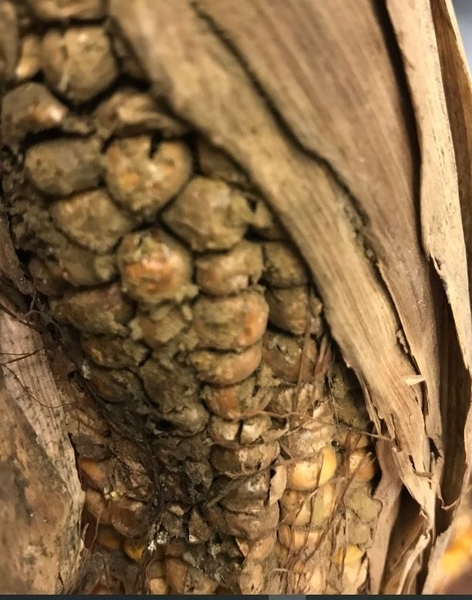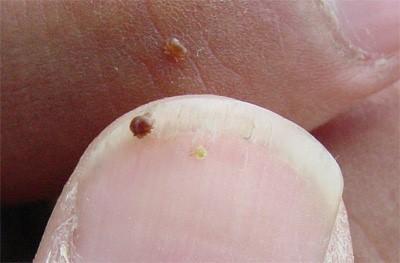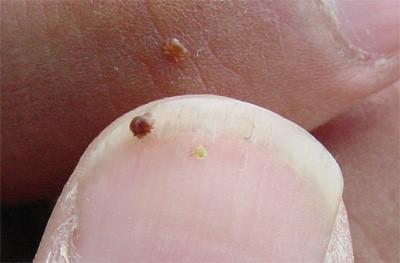Topics: Corn/Maize, Sweet Corn,
Corn Ear Rots: Managing Mold and Mycotoxins | NC State Extension Publications
Corn ear rot is a disease of corn caused by various types of fungi, including Fusarium spp. , Aspergillus spp. Penicillium spp., and Stenocarpella maydis (Diplodia Ear Rot). Ear rot diseases in corn are characterized by the molding and decay of corn ears. Environmental conditions, the susceptibility of the variety to disease, and previous disease populations in the field contribute to the emergence of corn ear rot and the severity of corn yield loss.
-
(4)
-
Bookmark
- Comments (0)
12/23/2023 SOURCE: content.ces.ncsu.edu
It is the goal of every beekeeper to maintain healthy, productive colonies. This can only be accomplished by reducing the frequency and prevalence of disease within beehives. The following is an outline of recommendations for detecting and treating colonies for economically important parasites and pathogens of honey bees so that beekeepers may achieve this goal, and do so in a sustainable way for the long-term health of their colonies.
Disease Management and Guidelines for the Honey Bee | NC State Extension Publications
-
(0)
-
Bookmark
- Comments. (0)
08/24/2023 SOURCE: content.ces.ncsu.edu
It is the goal of every beekeeper to maintain healthy, productive colonies. This can only be accomplished by reducing the frequency and prevalence of disease within beehives. The following is an outline of recommendations for detecting and treating colonies for economically important parasites and pathogens of honey bees so that beekeepers may achieve this goal, and do so in a sustainable way for the long-term health of their colonies.
Disease Management and Guidelines for the Honey Bee | NC State Extension Publications
-
(0)
-
Bookmark
- Comments. (0)





